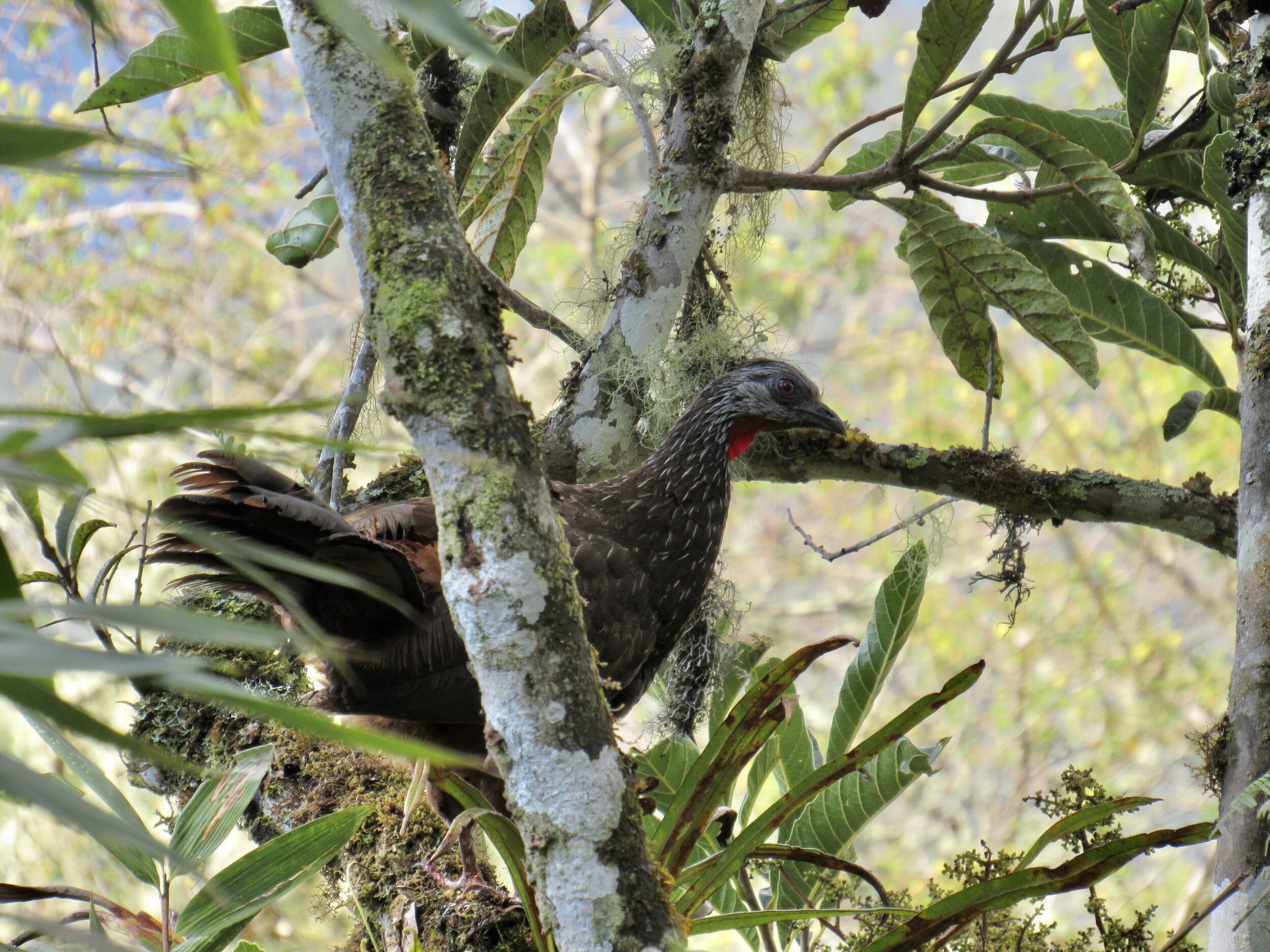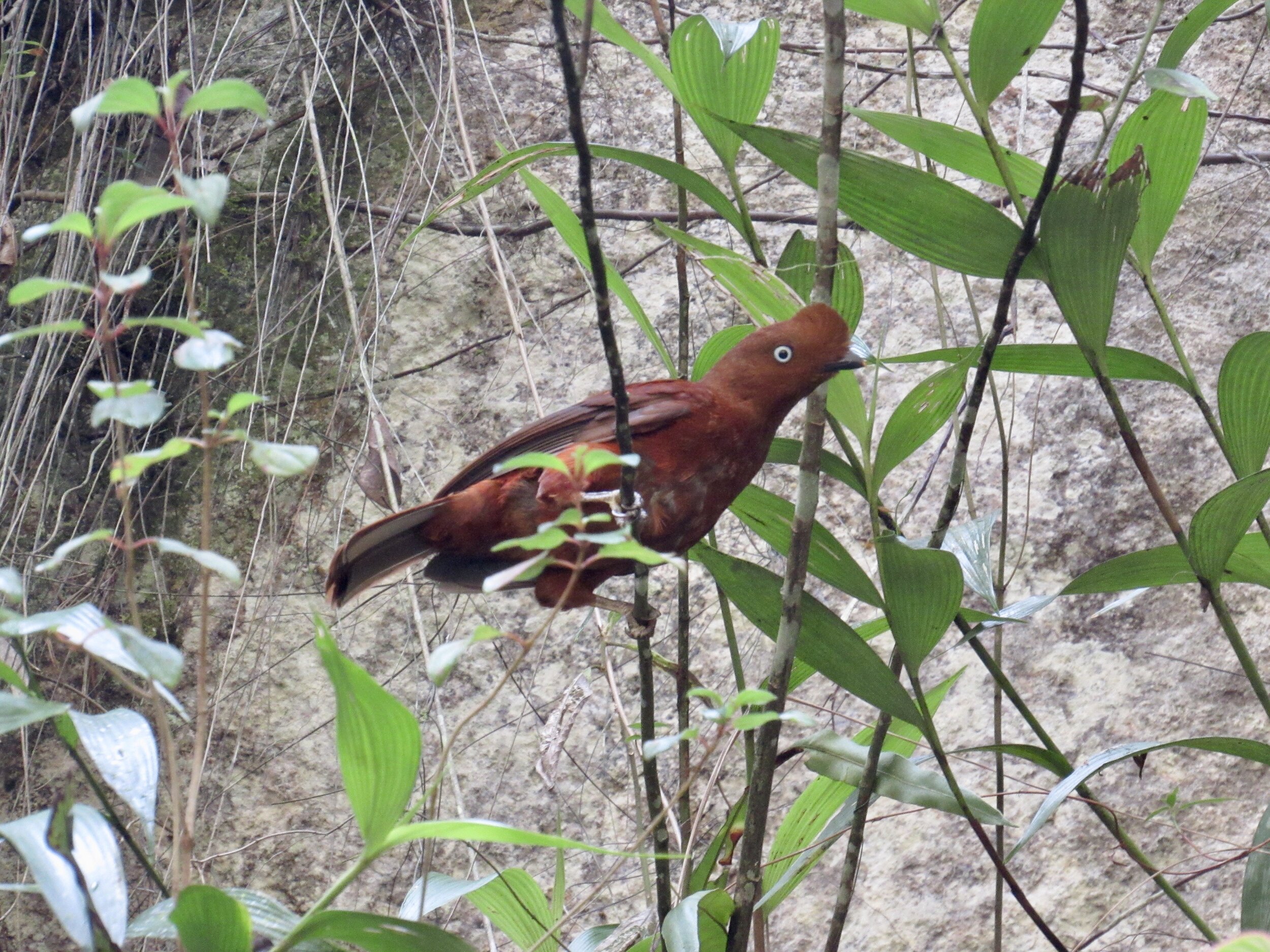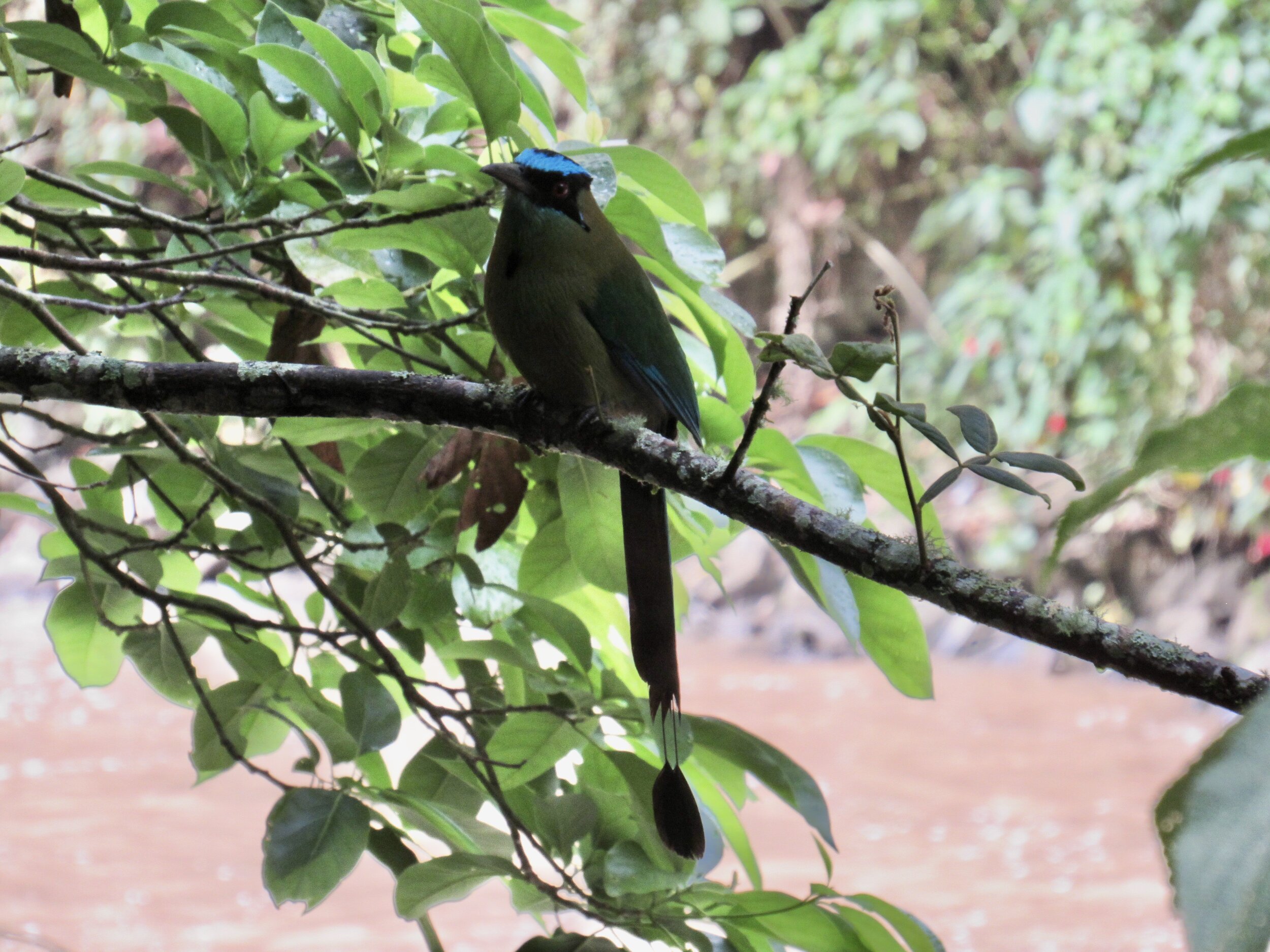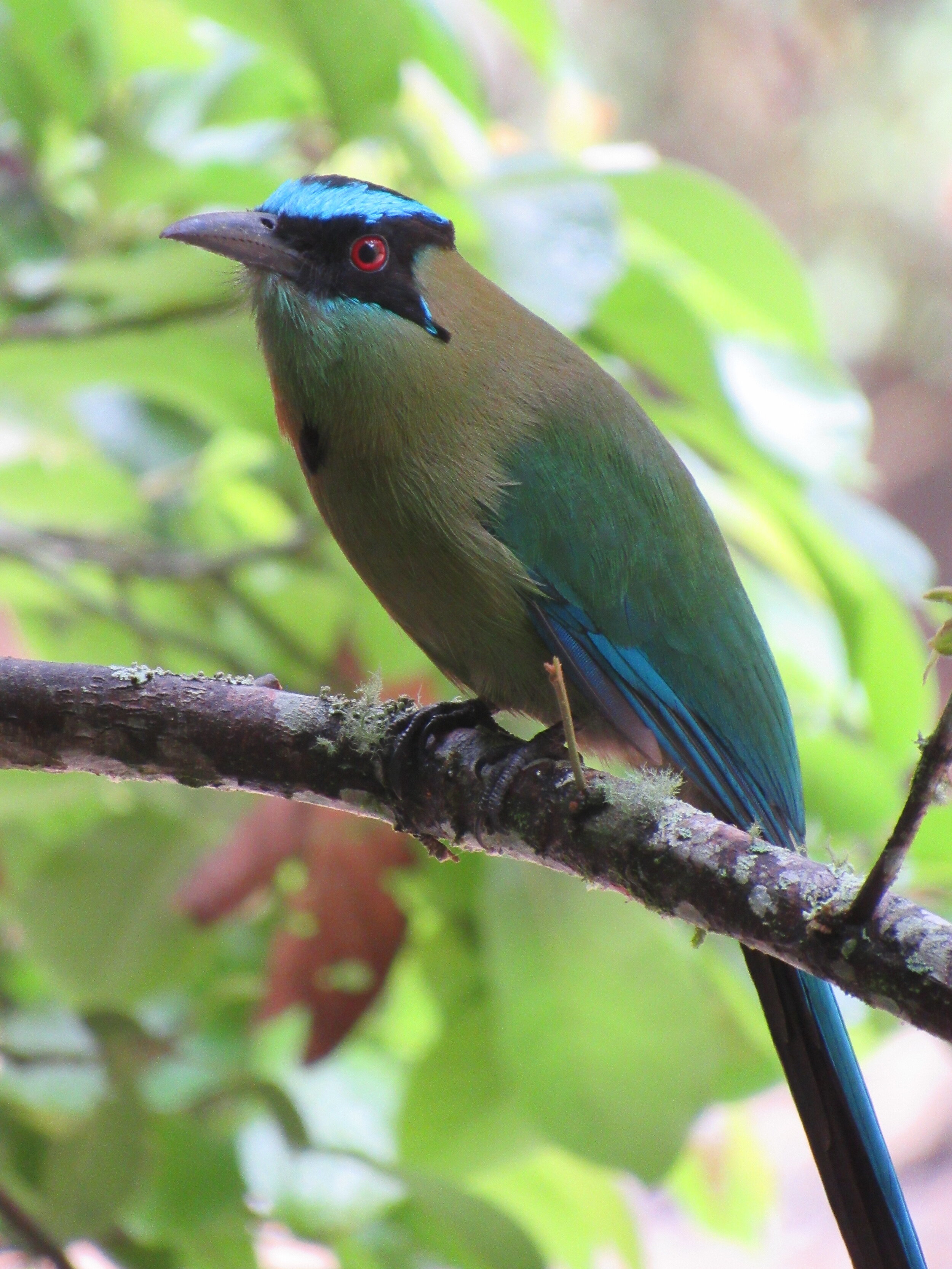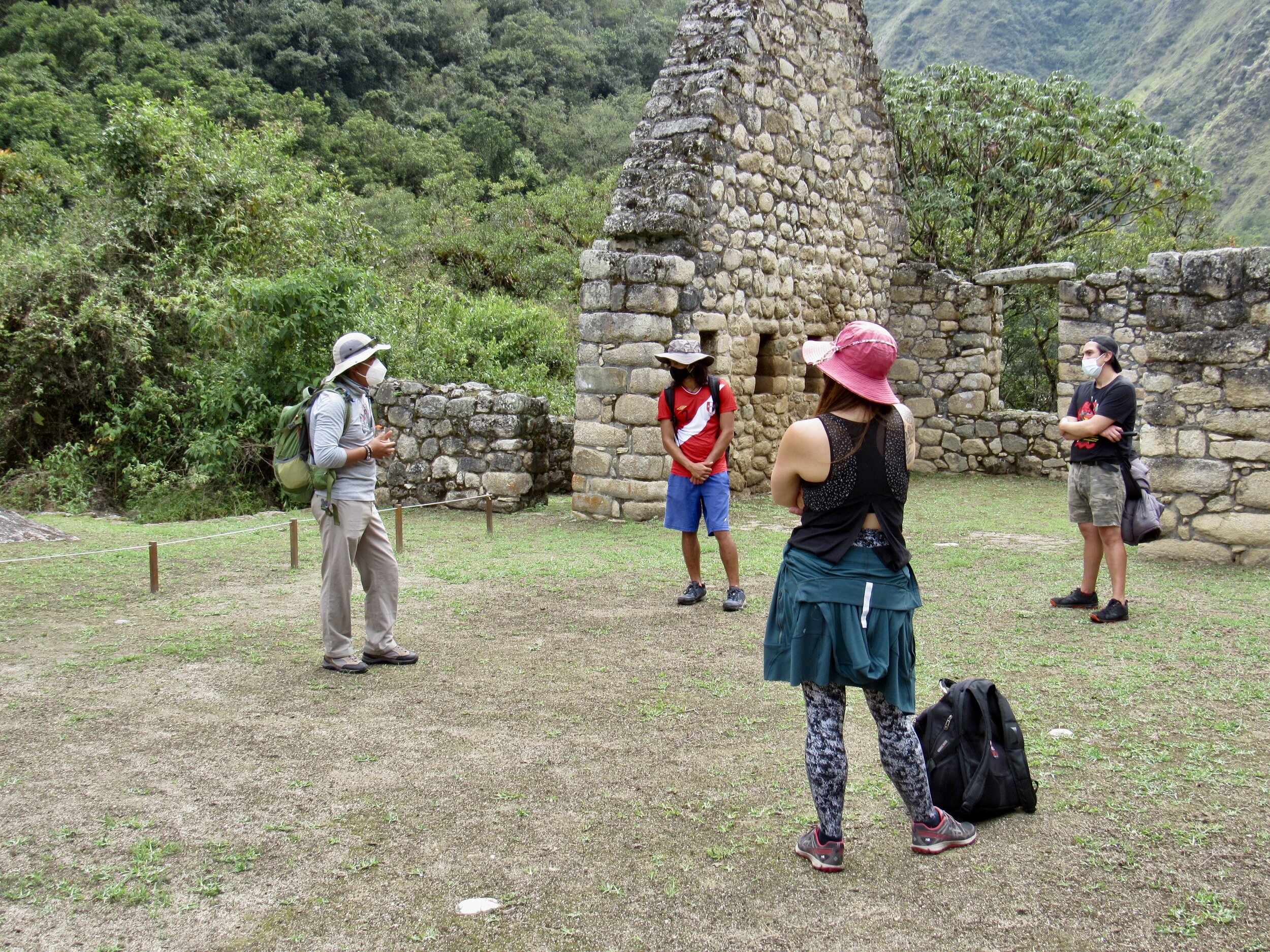Covid in Cusco: Week 34
Sunday, 1 November, 2020
Today I was invited to a birthday party and learned that here people have birthday cake in the morning. You start the day with singing happy birthday, have breakfast together, eat cake, then go on about your day.
Breakfast here is also quite different from the breakfasts I was used to in the US, France, Morocco and even Istanbul. For most Peruvians, there is very little difference between breakfast and lunch. In Cusco, in touristy areas, you can get coffee and toast and scrambled eggs for breakfast, but if you are walking in non-touristy neighborhoods, the breakfast available at restaurants is likely to be chicken and rice.
This morning we had adobo, which was cooked with pork. I asked for a bowl of just the adobo broth, without a chunk of pork. Adobo is a flavorful sauce that is made with chicha de jora (a fermented corn beverage). Whatever meat you are cooking is marinated in the adobo overnight, then slow cooked for several hours. Since this was breakfast, that meant that somebody got up pretty early to put the adobo on to cook.
At home, I usually have coffee and a fruit smoothie, but when I’m invited to somebody’s house or when I am staying somewhere else on the weekend, I try to have whatever they’re having. This has given me the opportunity to eat broccoli cooked with scrambled eggs and potatoes, which does seem like breakfast food to me. I have also been served different kinds of quinoa and rice dishes, plus one morning when I was served fish head soup. I always enjoy quinoa but had to pass on the fish heads. I can only be so flexible early in the morning.
Monday, 2 November, 2020
There was both good and bad news today. The bad news is that I got laid off - again. The good news is that Machu Picchu and the Inca Trail finally reopened today!
Getting laid off might not actually be bad news. I’ve been pretty busy lately and it may be good for me to be able to focus more on my teaching and writing and Covid Relief Project and Super Cute Plants. Also, with the rainy season starting to set in, it would be nice to be able to go hiking and get outside as much as I can while the rains are still light or infrequent.
We definitely have not had as much rain as we should have by this point. The hills are too dry and the farmers can’t really plant their fields yet. Last year it was the same, the rains came late, but when they did, it was torrential. We had more landslides and mudslides in January than normal, with more communities affected by floods. I hope this year is different, but the way climate change is going, it’s anybody’s guess.
As for Machu Picchu reopening today, that has not been the smashing success that they were hoping for. Initially it looked like all of the free tickets were being snapped up, but it turns out that not all of those people actually went to Machu Picchu. I suppose that’s one of the risks when you give something out for free. I always wondered that about free concert tickets given away by radio stations. How many people who won those tickets actually went to the concert?
For a local, from Cusco, you can now go see Machu Picchu for about $30USD. Just for transportation, the cost is very reasonable. I calculate s/10 soles for the bus from Cusco to Ollantaytambo, another s/10 for the train to Aguas Calientes and s/9.50 for the bus up to Machu Picchu. If they buy a round-trip bus ticket, that’s s/17. Roundtrip, Cusco to Ollantaytambo to Aguas Calientes and back is s/40. So, transportation is s/57, which is about $16. Add on the sort of meals that Cusqueños normally eat and the maximum you could possibly spend is s/87, about $24. Of course, if you take an evening train there and spend the night in Aguas Calientes so you can visit Machu Picchu in the morning, the cost of the hotel and extra meals will push you over $30. Still, it certainly sounds affordable.
And yet, most people in Cusco probably don’t have an extra s/80 laying around. The unemployment rate here has been overwhelming and we still don’t know when tourism will get back up to the 2019 level. It could be two or three years before we get back to that. People with an extra s/80 might be more inclined to save it for food and rent. Even people who have found work know that nothing is reliable or stable yet.
Take my job, for example. When I was laid off at the end of June, I was told that they would hire me back September 1st, expecting that tourism would start to revive around then. I worked September and October at half time, with half my normal salary, only to be told today that they have to lay me off again. This time they said that hopefully in a couple weeks they can hire me back, rather than a couple of months. I’m going to have to think about how much I would want to accept an offer of work from that same travel agency at this point.
Tuesday, 3 November, 2020
Today is the election in the US and I have decided to not watch the election results come in. I have read too many articles the past few weeks about how long it will take to count the absentee ballots that are coming in and how many states will still be counting past today. I do not think that it will be possible to officially declare a winner today and just don’t want to put myself through the stress of seeing it go back and forth. The speculation is too stressful.
Peru will elect a new president next year, on April 11th. At this point, there are 23 political parties which will have a candidate for that election. Most of those parties currently have more than one candidate and will have to decide in the next few months on which candidate will run.
Sometimes the two party system in the US frustrates me. It’s clearly polarizing and also doesn’t allow for candidates that truly represent every citizen of the US. However, 23 parties is overkill and probably confusing for a lot of people. I have no idea how all of these political parties can actually educate voters on their platforms and the differences between them. In a country where voting is mandatory, it seems to me that would be essential. How else do you keep the country from descending into chaos? Unfortunately, the past few years have shown us that politics in Peru frequently do descend into chaos.
Leaving politics alone for the day, I tried to focus on tomorrow’s adventure. I will be hiking the Inca Trail from KM104 with a group of friends, arriving at Machu Picchu in the afternoon from the Sun Gate. We’ll spend tomorrow night in Aguas Calientes, then on Thursday morning we will go back up to Machu Picchu and get to tour the UNESCO World Heritage site when it is normally quiet. Considering that not all of the free tickets for Machu Picchu have been taken, it might be very quiet when we are there.
Tonight I took the bus to Ollantaytambo with my friend Hannah, so we will be ready for our 5am train tomorrow. Ollantaytambo is only an hour and a half from Cusco, but I would actually have to leave town at 3am tomorrow morning and would much prefer to spend the night in a hotel where I can sleep in till 4am. Five more friends are joining Hannah and I at the hotel, all of us on the same 5am train, excited to hike the Inca Trail tomorrow.
Wednesday, 4 November, 2020
Getting up at 4am was hard, but I was super excited to hike the Inca Trail with my friends! We had a few snafus with the new post-Covid systems, but it all worked out eventually. There is now a declaration that you have to sign before you board the train, swearing that you do not have Covid or any related symptoms. You’re not allowed to eat or drink on the train anymore, which was very disappointing to me since I had packed my breakfast to eat on the train, and told everybody else in the group to do the same. I get that they don’t want us to take off our masks or face shields, but still, I was hungry.
Also, the train used to stop at KM104, where tourists got out to cross the river and start hiking the Inca Trail. We were informed this morning, while we were on the train that they would not be stopping for us. We would have to take the train all the way to Aguas Calientes, then walk back about an hour and a half along the train tracks to the trailhead.
Considering how early the train was, I wasn’t too worried about the time it would take us to walk back along the train tracks. The only thing that concerned me was that we were already tired from sleeping in a noisy hotel and getting up so early. I worried a bit that extra walk might wear us out unnecessarily.
What I hadn’t considered before was that walking the train tracks, next to the river, early in the morning, is a great time and place for bird watching. I actually saw more birds on that walk than I ever have on the Inca Trail. We saw two Andean mot mots, several Andean guans, an ornate hawk-eagle, both male and female Gallito de las Rocas and lots of other birds. It really was amazing and I was thrilled to be able to get some really good photos of both the mot mots and the female Gallito de las Rocas. We also saw a male Gallito de las Rocas, which is much brighter, but my photos of him weren’t as clear as I would have liked.
When we got to the trail itself I was very curious about all of the new Covid regulations. The trains had every other seat blocked off, so nobody was sitting by anybody else, but besides the paperwork swearing that we don’t have Covid, it wasn’t too different. I wanted to know what changes would have been put in place for the reopening of the trail. After being closed for over seven months, I hoped that they would have things organized.
Starting the Inca Trail
There are new flags along the trail, to show you how far apart to stay to maintain social distancing while hiking.
When we crossed the bridge, from the side of the Vilcanota River with the train tracks to the side of the river with the Inca Trail, we found the gate on the other side closed. It looked like it was locked, with a giant, rusty padlock, but when we pushed on it, it just swung open. The ancient stone steps, leading up from the river, now have red flags next to them. They are spaced about six feet apart, showing people how much distance to maintain between hikers on the trail. All along the trail, there are new signs everywhere with the new Covid regulations.
When we got to the checkpoint and I showed my Peruvian permanent resident card, I have to say that I was pretty excited that on my Inca Trail permit, it said that the price was zero. I don’t know what the Inca Trail from KM104 used to cost, but the permit I saved for the 4 day Inca Trail from KM82 in 2019 was s/292.00, which is about $100. My friends were all happy about the free permits, which come with free Machu Picchu entrance tickets. Not only getting to be among the first to see the Inca Trail and Machu Picchu post-quarantine, but also getting to do it for free was pretty awesome.
For just visiting Machu Picchu, without even hiking the trail, most travel agencies offer round trip transportation from Cusco and a tour of Machu Picchu for anywhere from $300 to $600. That’s US dollars, not Peruvian soles. A big part of that expense is the trains and the Machu Picchu entrance tickets. The “local” train has always cost s/10 for Peruvians and the “tourist” train has always been very expensive. It was easy to spend $200 on up to $600 for trains to and from Aguas Calientes.
The trail was beautiful and I was thrilled to see the Inca ruins of Chachabamba and especially Wiñay Wayna again. Wiñay Wayna has been a special place for me for years. In 2017 I spent about an hour there, making some big decisions and carefully contemplating how to move past an abusive relationship. In 2019 I again spent over an hour there, this time carefully contemplating moving to Cusco. I was at Wiñay Wayna in March 2019, a month later I started making plans and gave notice at work. Four months later, I was settling into my apartment in Cusco.
Today was such a special experience and I was so happy to be able to share it with friends. My two times on the Inca Trail from KM82 have been with groups of high school students and my Inca Trail from KM104 hikes have been with tourists of the trekking agency that I used to work for. To be able to see the trail and the ruins with friends was wonderful. I was so happy that I could focus on what I wanted to see, without having to use all of my time and energy taking care of others. I didn’t have to check that everybody was hydrating or bandage blisters.
It takes about three hours to climb up to Wiñay Wayna from the Vilcanota River. Once there, I visited the series of ten fountains that I absolutely love. Sadly, they are dry now. The rains that should have started already haven’t arrived yet. I’ve never seen them dry and it was kind of a shock. I was used to telling people that the fountains that the Inca built over 500 years ago are still flowing. Regardless, I was still happy to be there. This was my first visit to Wiñay Wayna in 2020 and I wanted to take some time to think again. It’s time for me to carefully contemplate leaving Cusco. Just like moving to Cusco, this is not an easy decision and I left the fountains without having made a decision, but glad to have had the opportunity to really think about it.
We had lunch at the Wiñay Wayna campground, which has been a bustling hive every other time I’ve been there. Now grass has overgrown all of the camp areas. No tents have been here since January 23, when the place was evacuated for a landslide. Hummingbirds perched in the trees, watching us, and a mot mot glided past. The lack of people has been very good for this place also. At the checkpoint, the park rangers told us that the only other group today had gone through early and they had been waiting for us for five hours. I suppose that with so few groups they only have to work the checkpoint until everybody has gone through.
It’s a bit less than an hour from the campground to the Sun Gate, which is where you get your first view of Machu Picchu. Only one of my friends in the group had been to Machu Picchu before, but she didn’t get to walk there on the Inca Trail, so this was everybody’s first time at the Sun Gate. It was just as special and magical as I had hoped for them.
It can take less than an hour to walk down to Machu Picchu from the Sun Gate, but since we were the only group on the trail, we took our sweet time. We stopped at a place I’ve always wanted to visit, but never had time for. I didn’t even know what it was, but it looked important. We spread out all over the trail, where in normal times people would be walking over us and park rangers would have moved us along.
The place is called the Sacred Rock, which is a very unimaginative name for such a cool spot. During explorations and excavations in the 1910s, Hiram Bingham found the mummy of a woman buried at the spot with her dog. Back then, they apparently couldn’t tell if a person had died of natural causes or been sacrificed and unfortunately, the mummy itself has disappeared. I’m sure that today forensic scientists could have told us a lot more than they could a hundred years ago, but what Bingham took from Peru was not always kept safe. Most of it is still at Yale University, though museums around the world also have sacred Inca artifacts. I think it should all be returned to Peru, but I don’t know any museums who would voluntarily give up their exhibits.
When we arrived at Machu Picchu, I thought we would be able to go out on the upper terraces, where tourists always took photos after hiking the Inca Trail. Instead, we were told to go down to Aguas Calientes, without any photos in the soft afternoon light. We snuck around the side and got a few, then followed the new circuits down to where the shuttles wait.
There are now two different circuits in the ruins, probably to help keep people away from each other. We asked some questions, so that tomorrow we will be able to pick the one that goes to most of the places that we want to see.
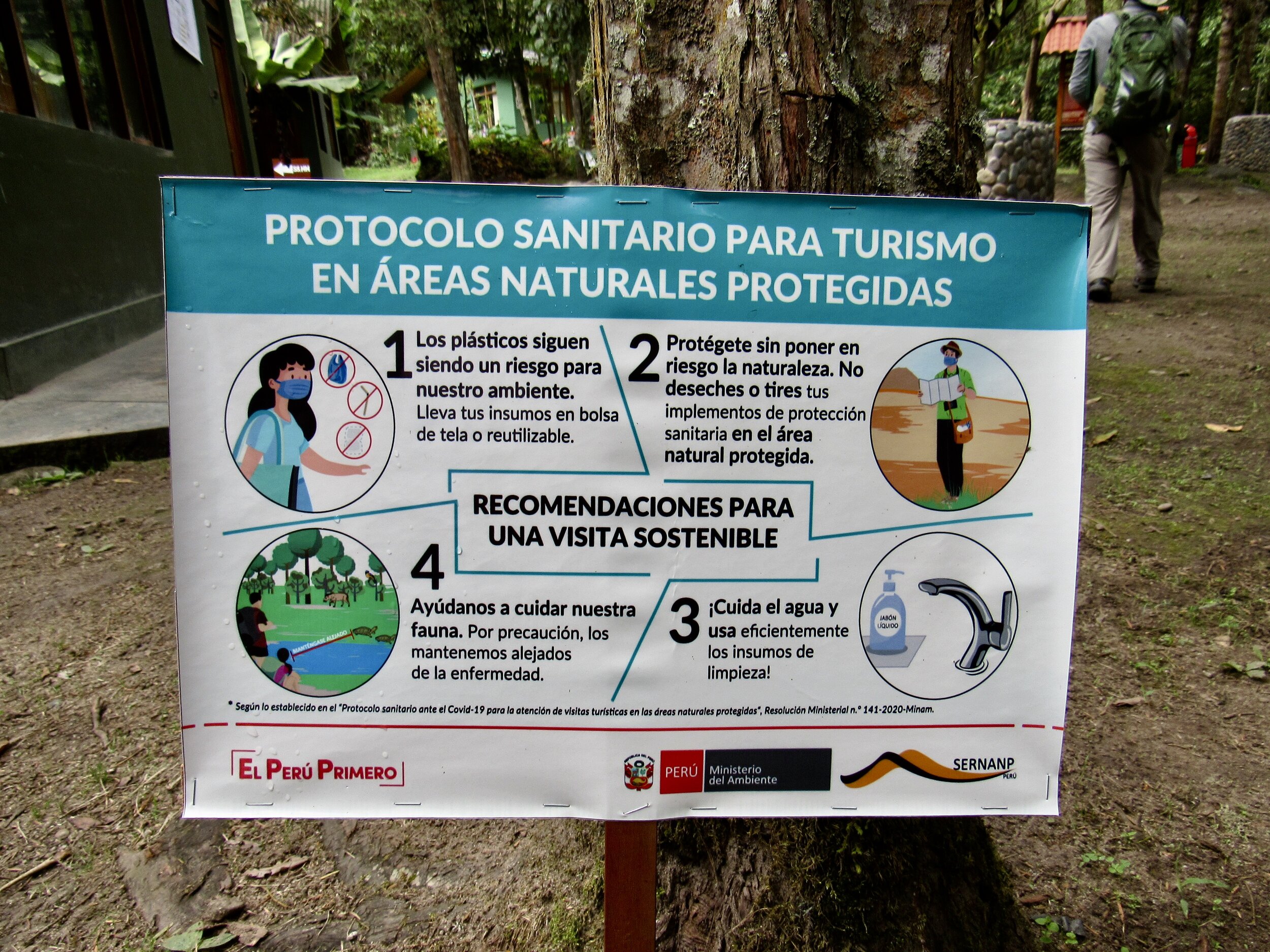
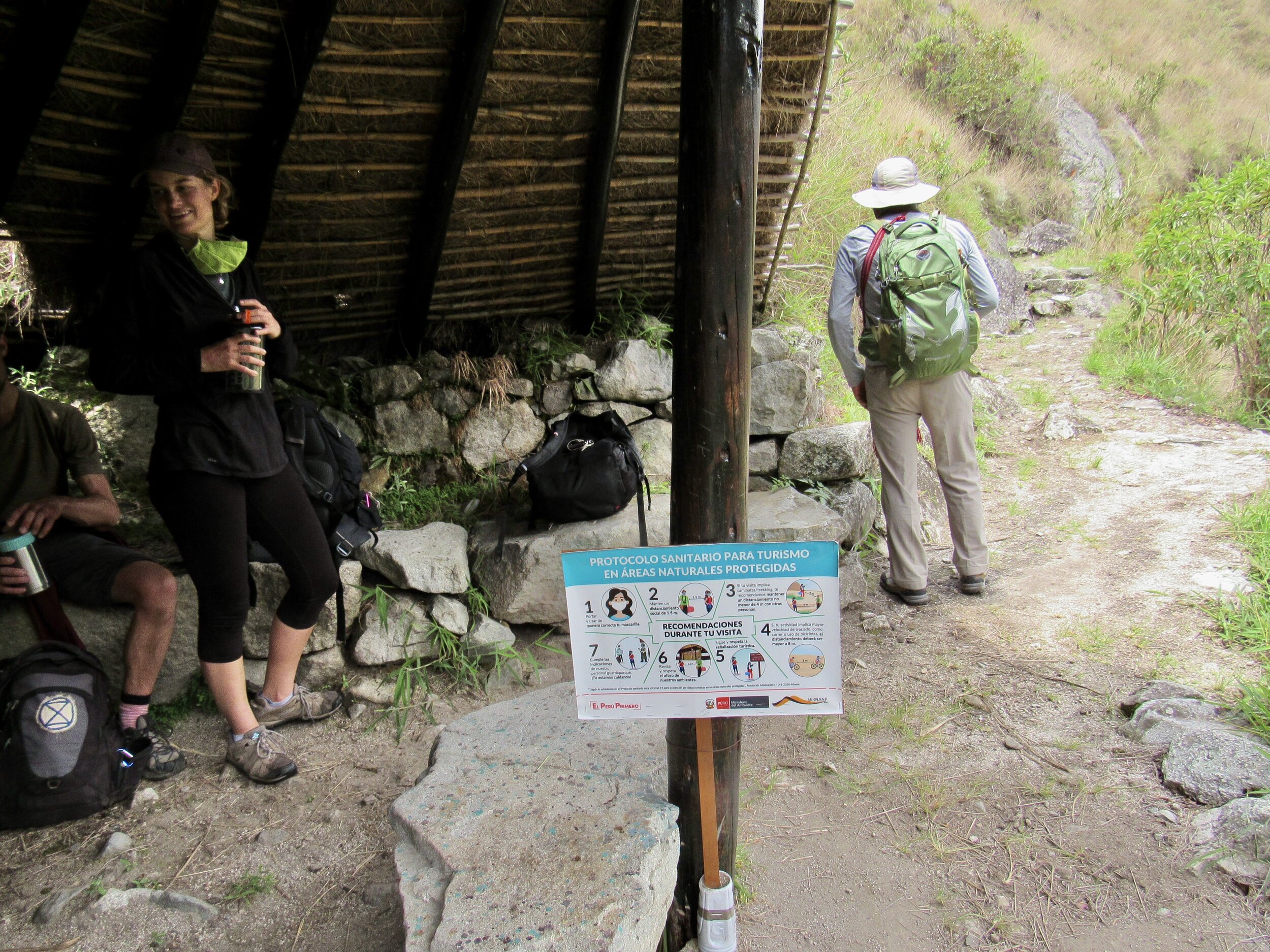
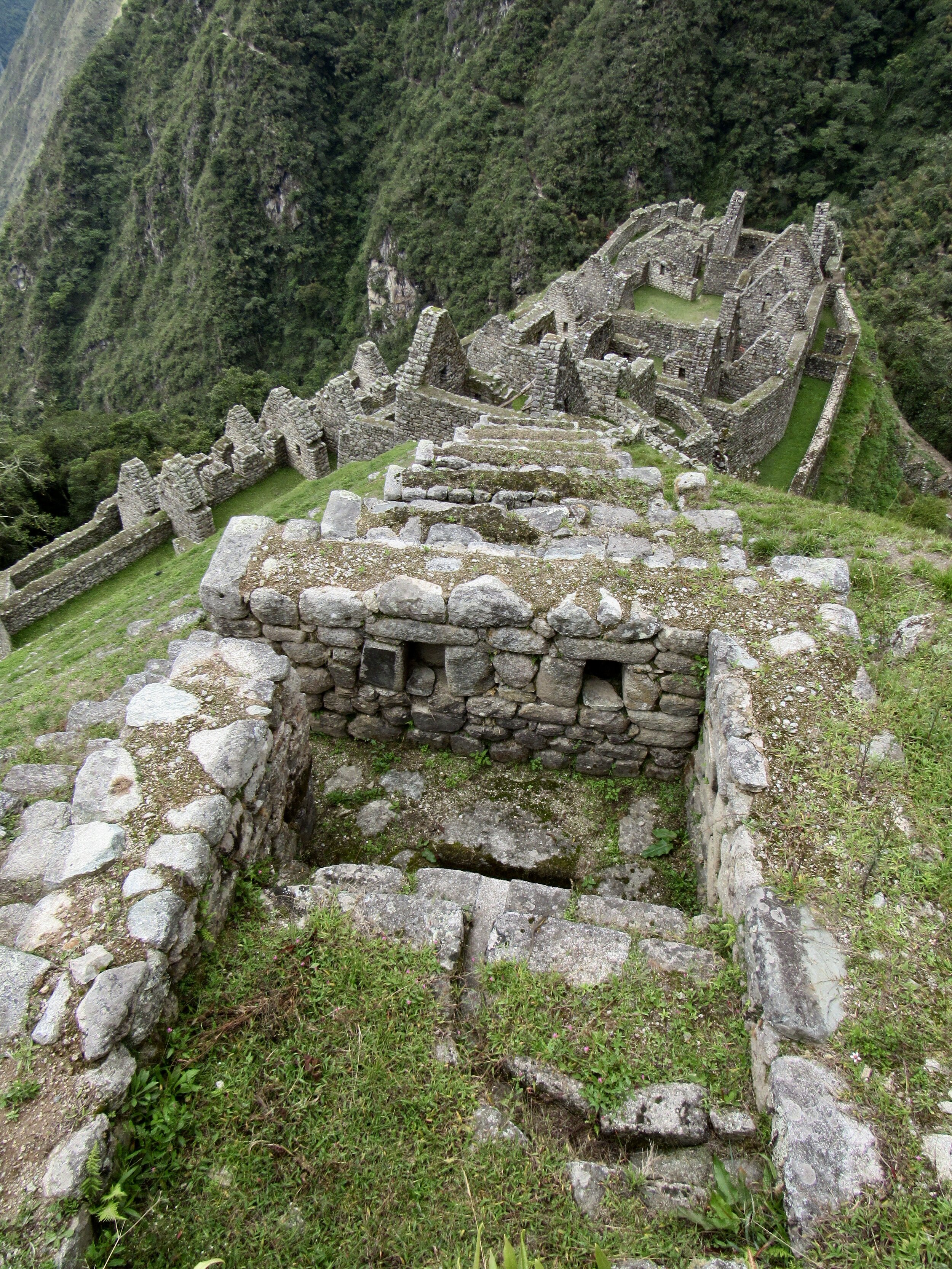
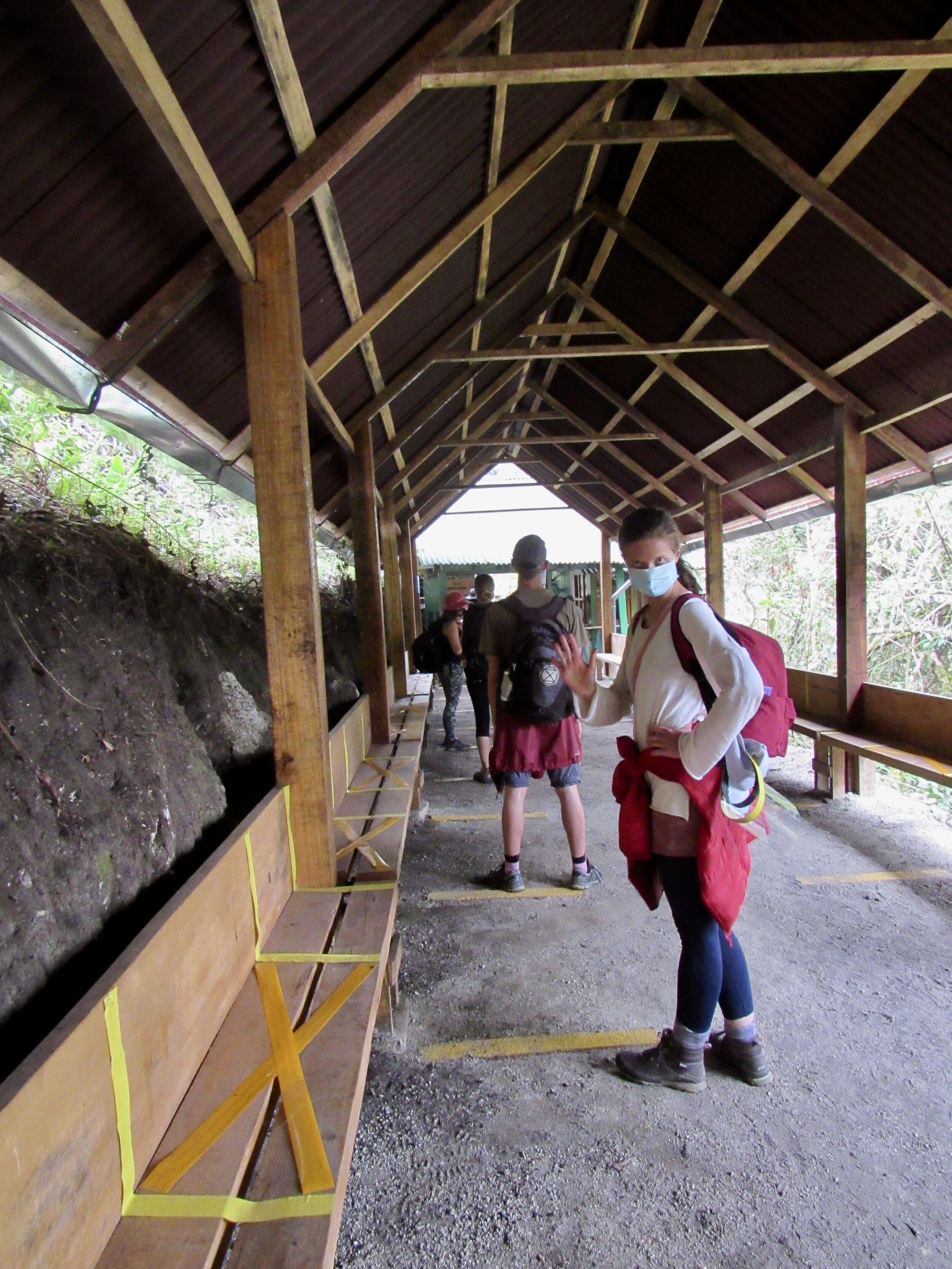
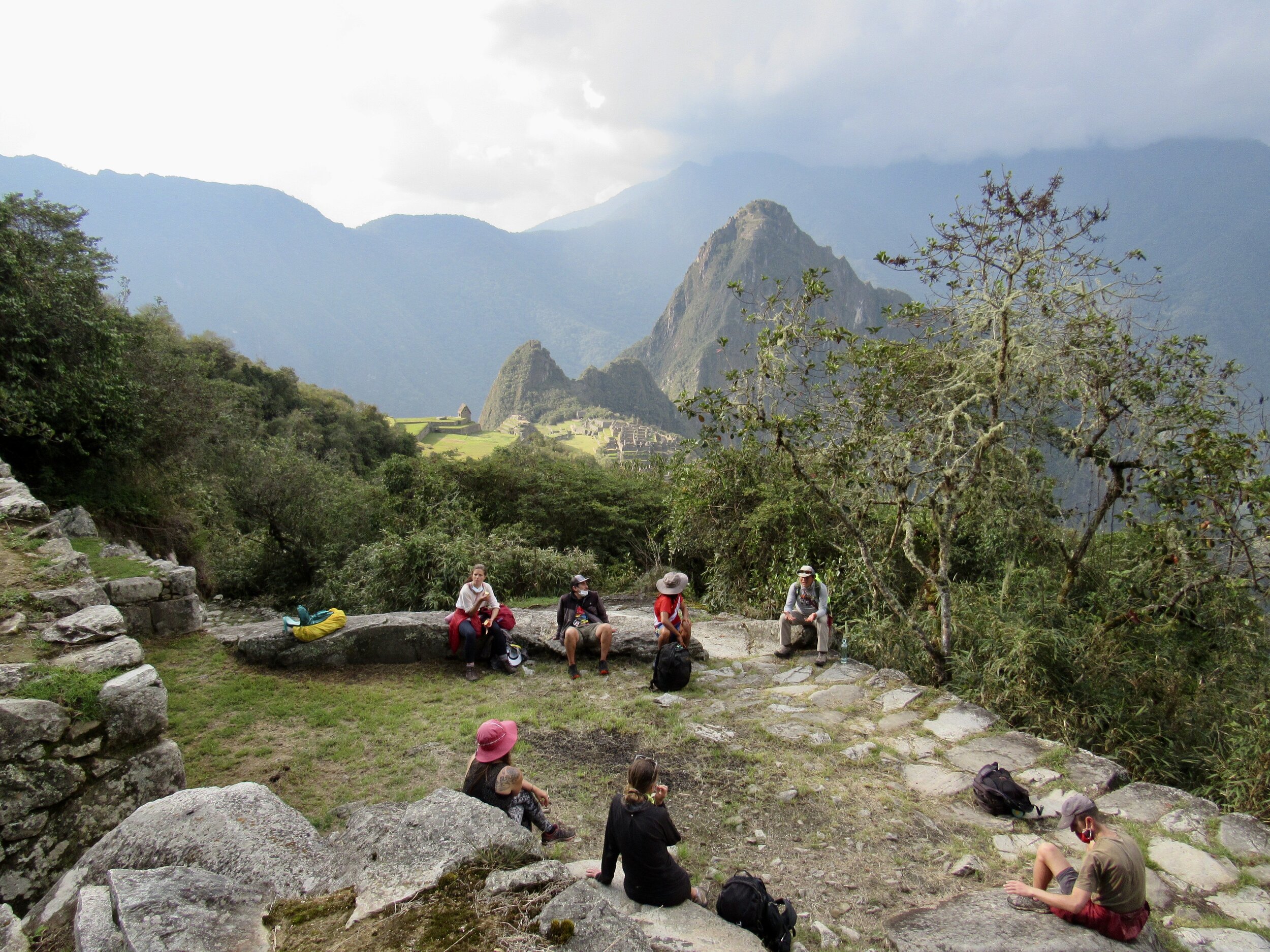

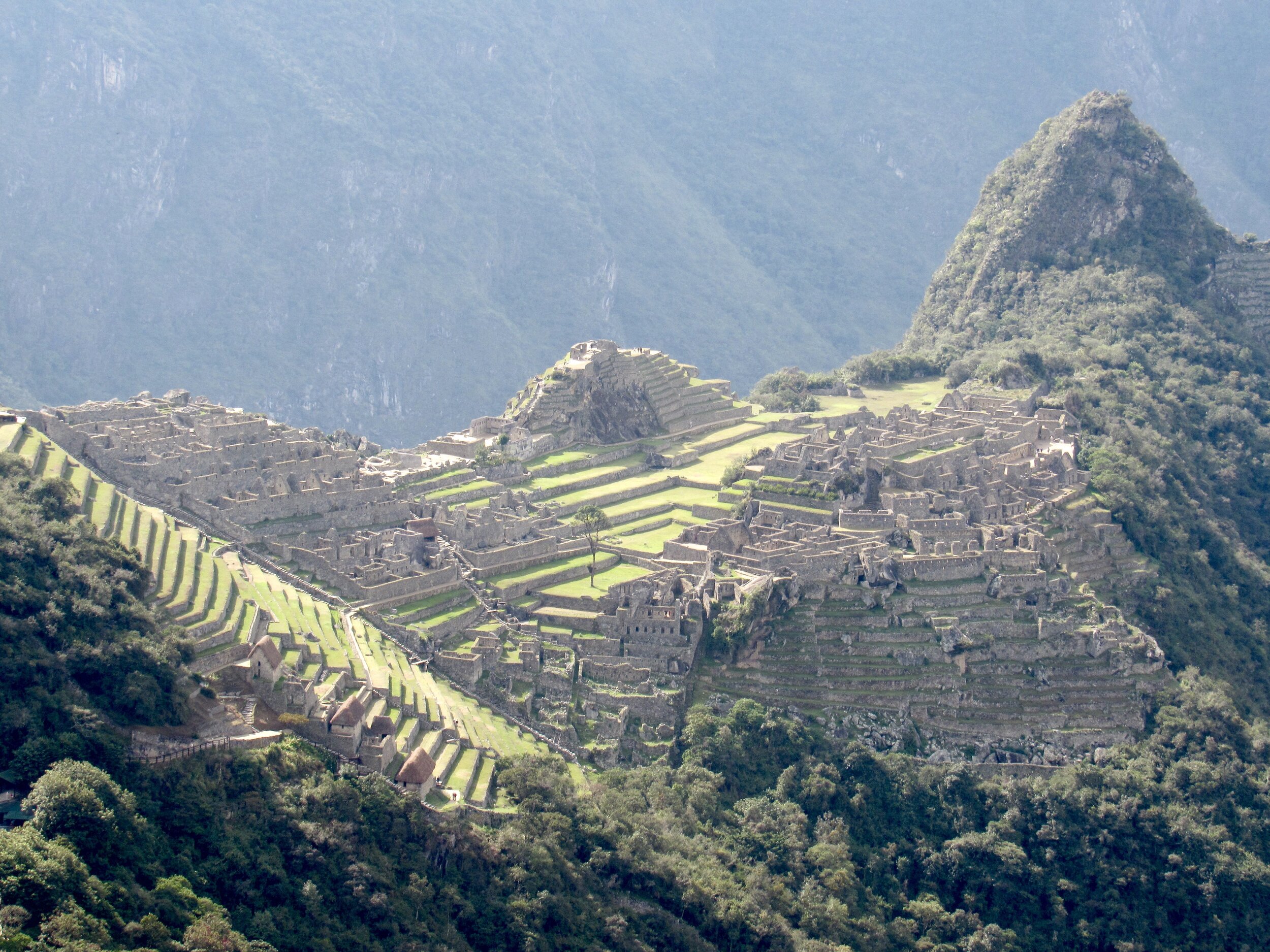
Thursday, 5 November, 2020
Today we slept in till 6:30am, since yesterday the group decided that with most mornings being cloudy, it might not be worth it to try to leave Aguas Calientes at 5:30 in hopes of seeing sunrise on Machu Picchu at 6am. Instead, we enjoyed breakfast, took our time and I got a second cup of coffee.
We all got in the shuttle that leaves from Aguas Calientes constantly, to go up to Machu Picchu. The 5am train that we took yesterday arrives at about 6:30 in Aguas Calientes and I’m sure most people went directly to the shuttle up to Machu Picchu. The next train that arrives in Aguas Calientes, with the new pandemic schedule, isn’t until about 11:30am. Machu Picchu itself also has a new pandemic schedule, two shorter circuits which are supposed to take only about an hour each. So, if people enter Machu Picchu between 6am and 7am, they should be mostly gone by 8 or 9 and the earliest people from the next train could enter would be around noon.
We really didn’t have to worry so much about the timing. There was nobody there. We took over three hours and walked as slow as possible. I took literally hundreds of photos of places that are usually crowded with tourists, without a single person in my shots. It was beautiful and honestly completely unlike any other time I’ve been there. In 2013 I was up there very early in the morning and the first hour or so there were very few people there with me, but by 10am the place was overrun.
This was completely different. I feel so fortunate to have had the opportunity to be one of the first people to visit Machu Picchu after it was closed for over seven months. And it was free! Now that is a once in a lifetime chance.
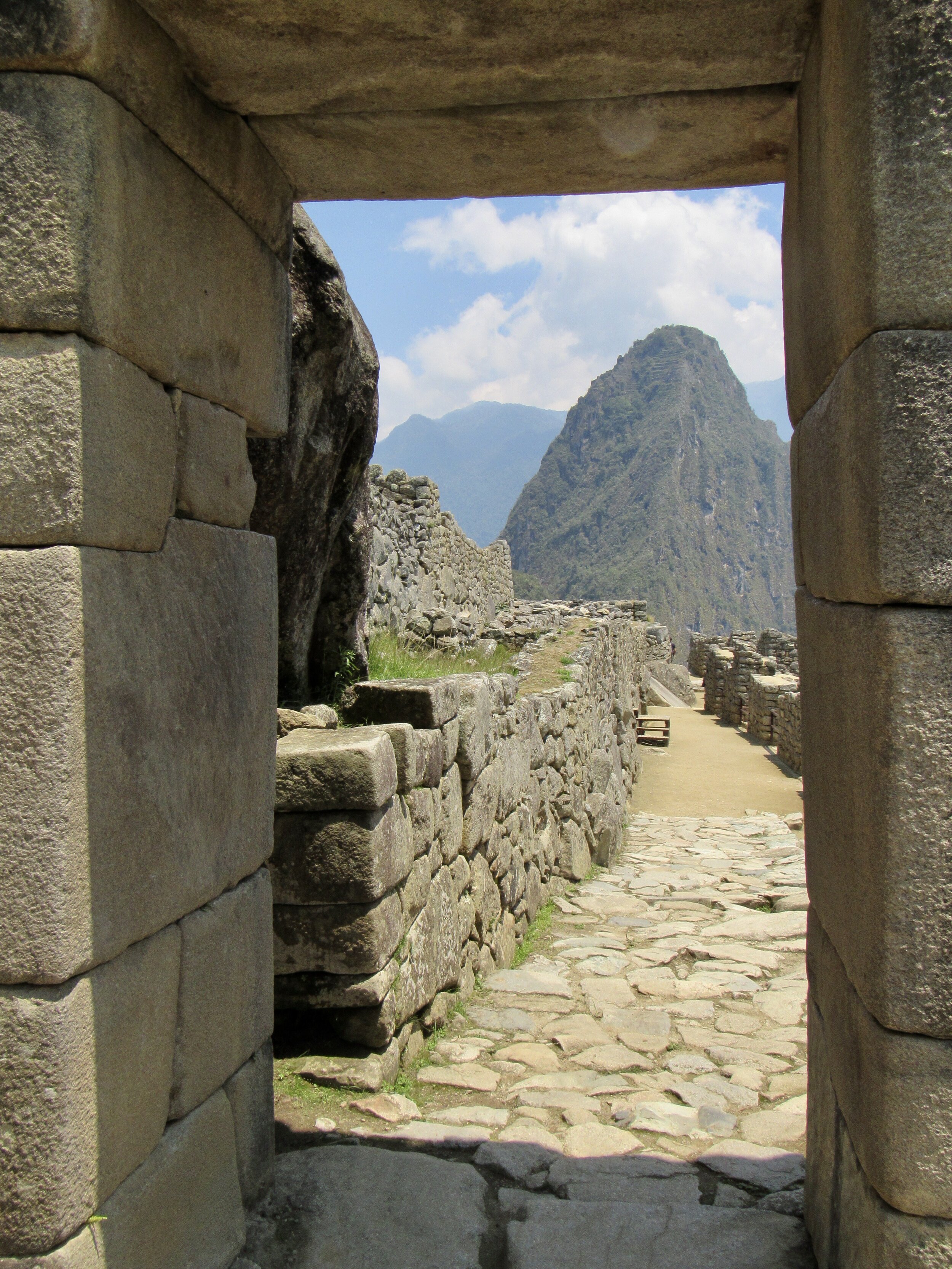
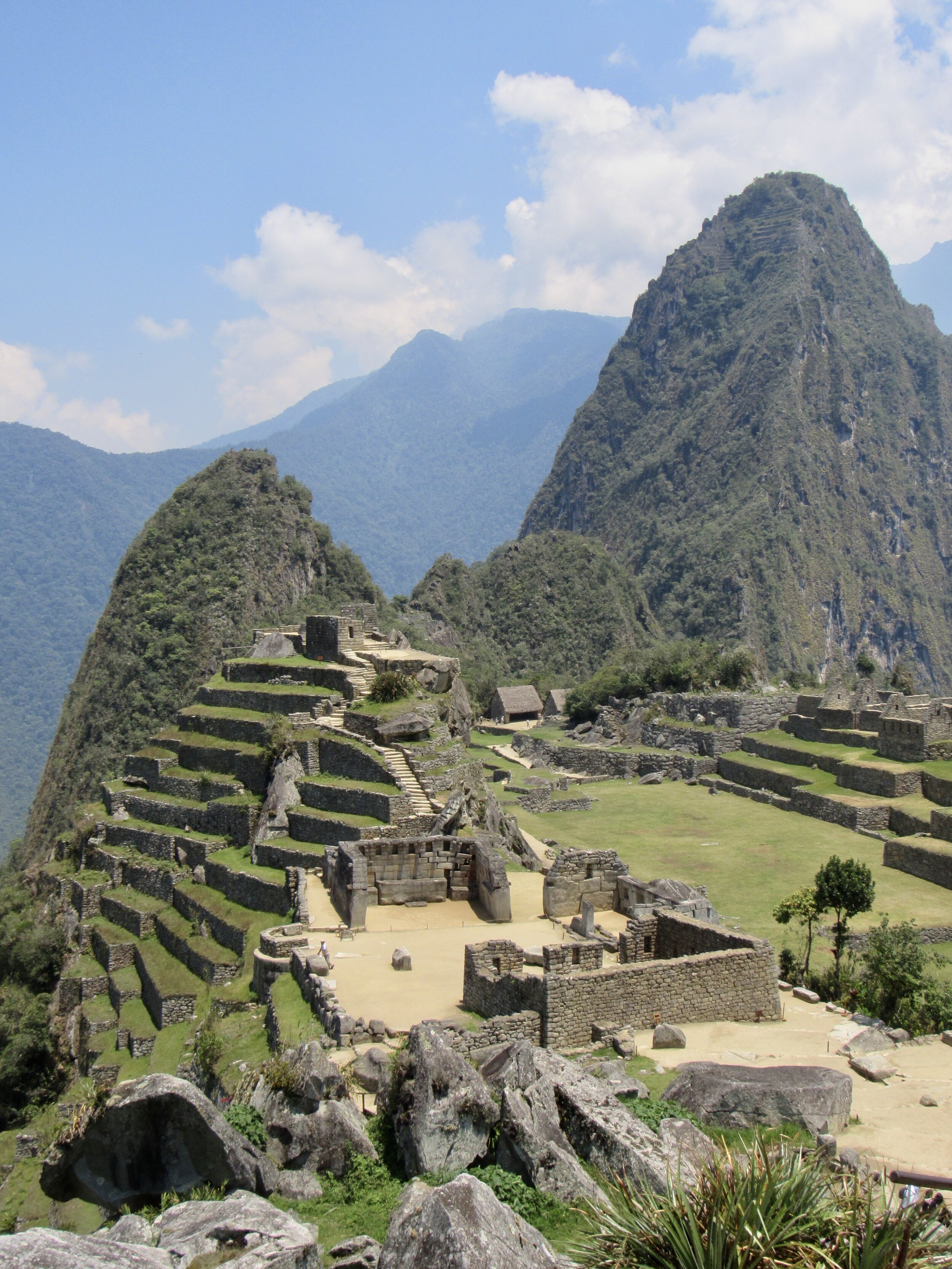
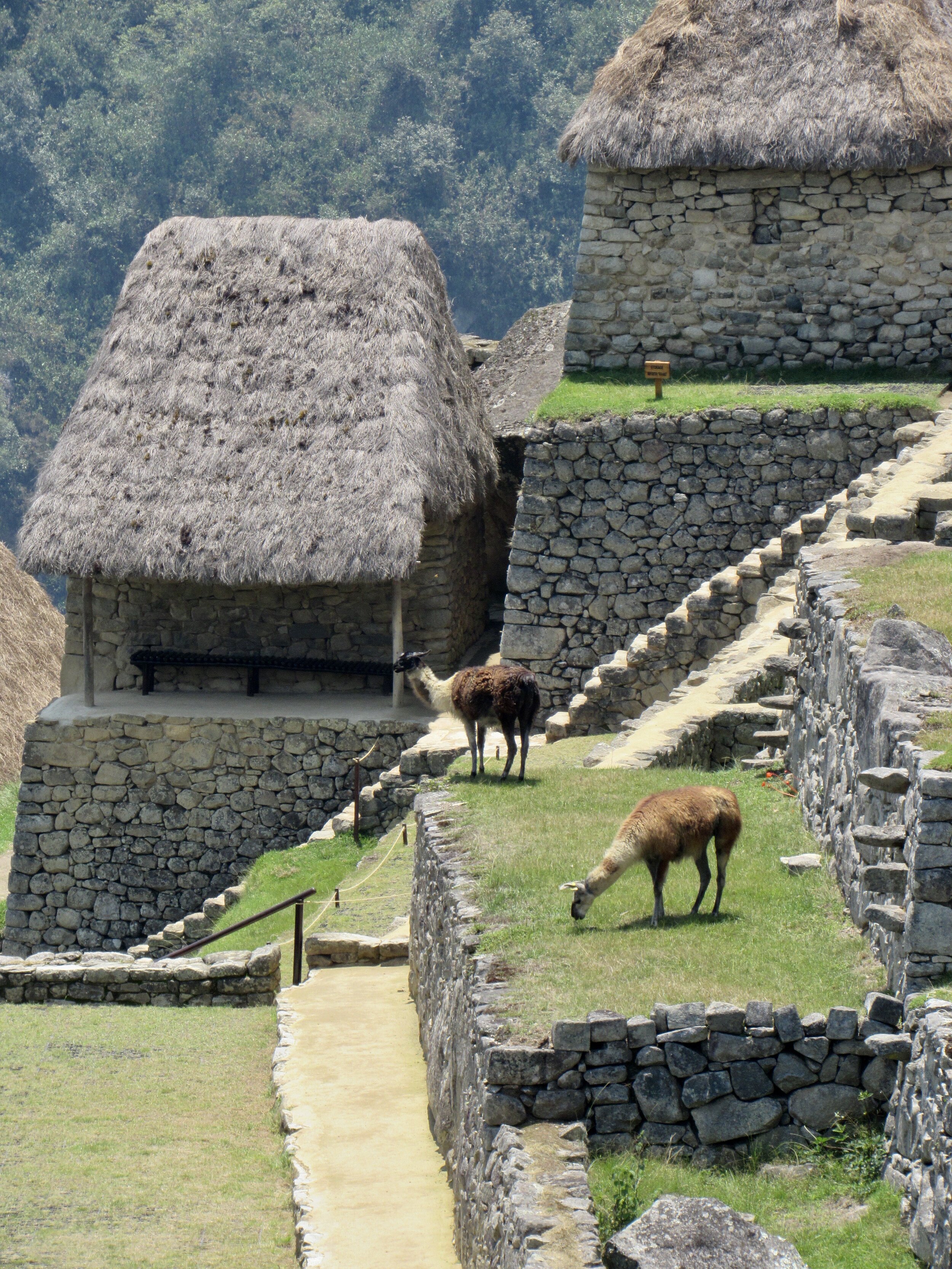
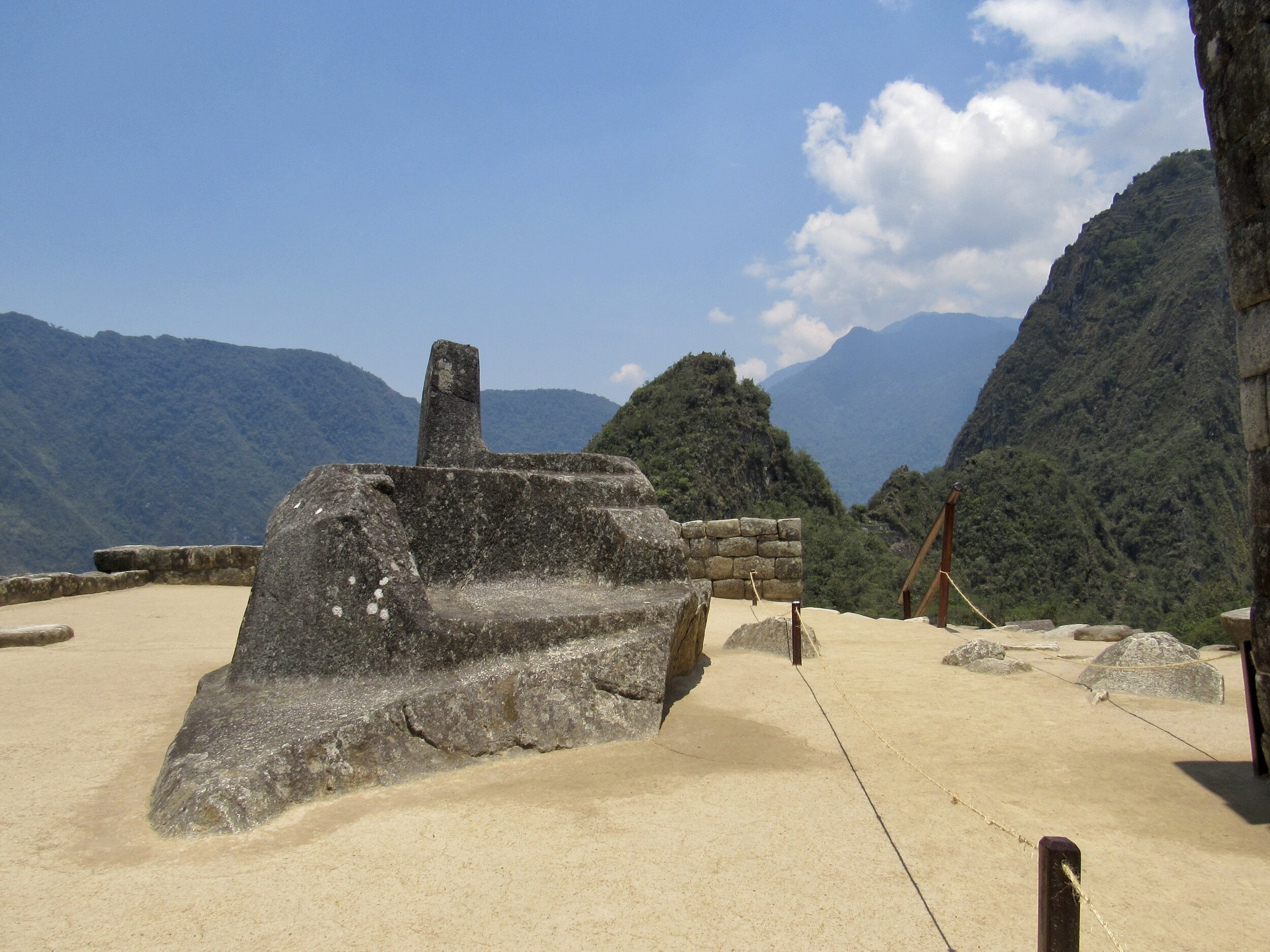
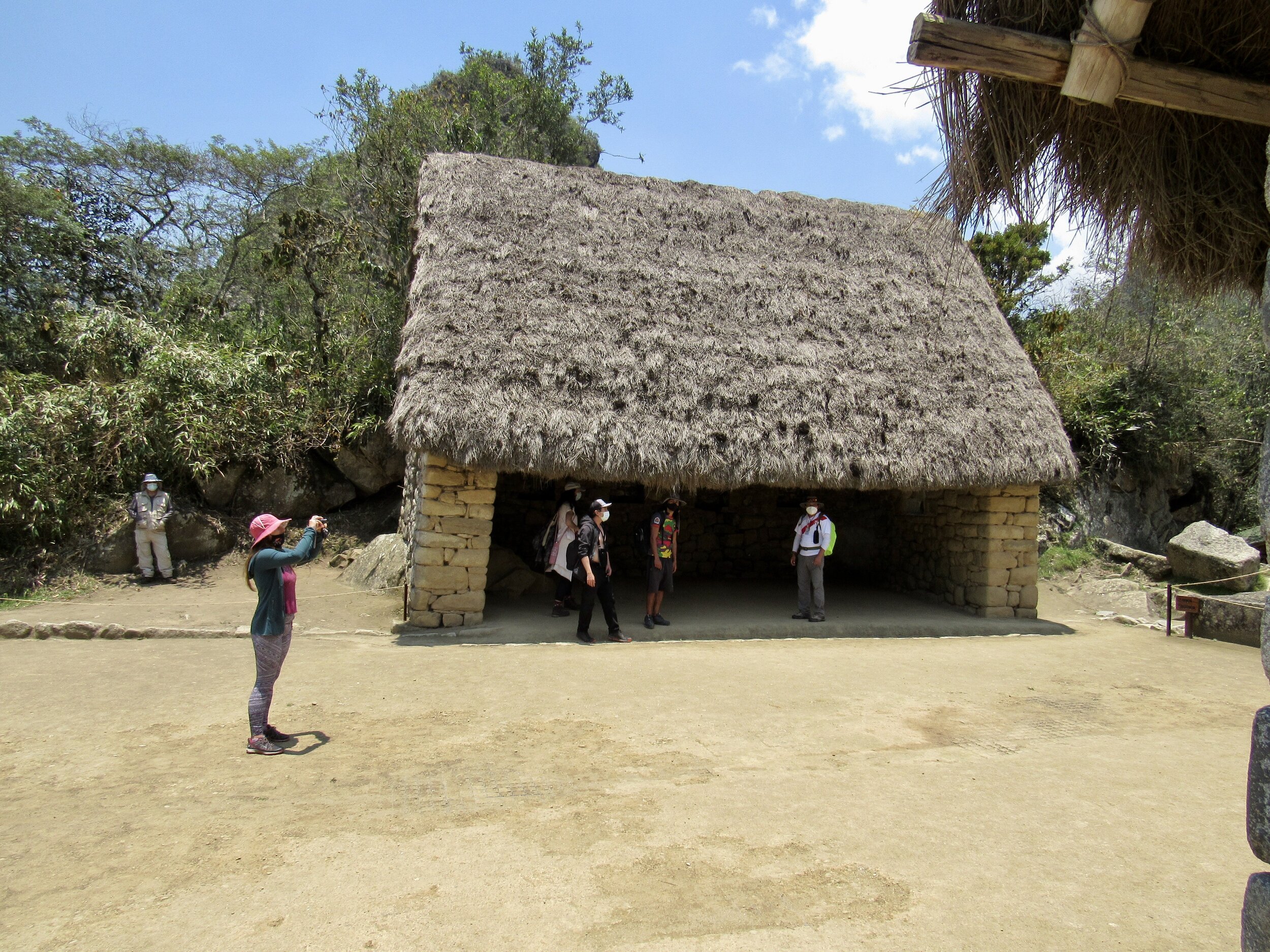
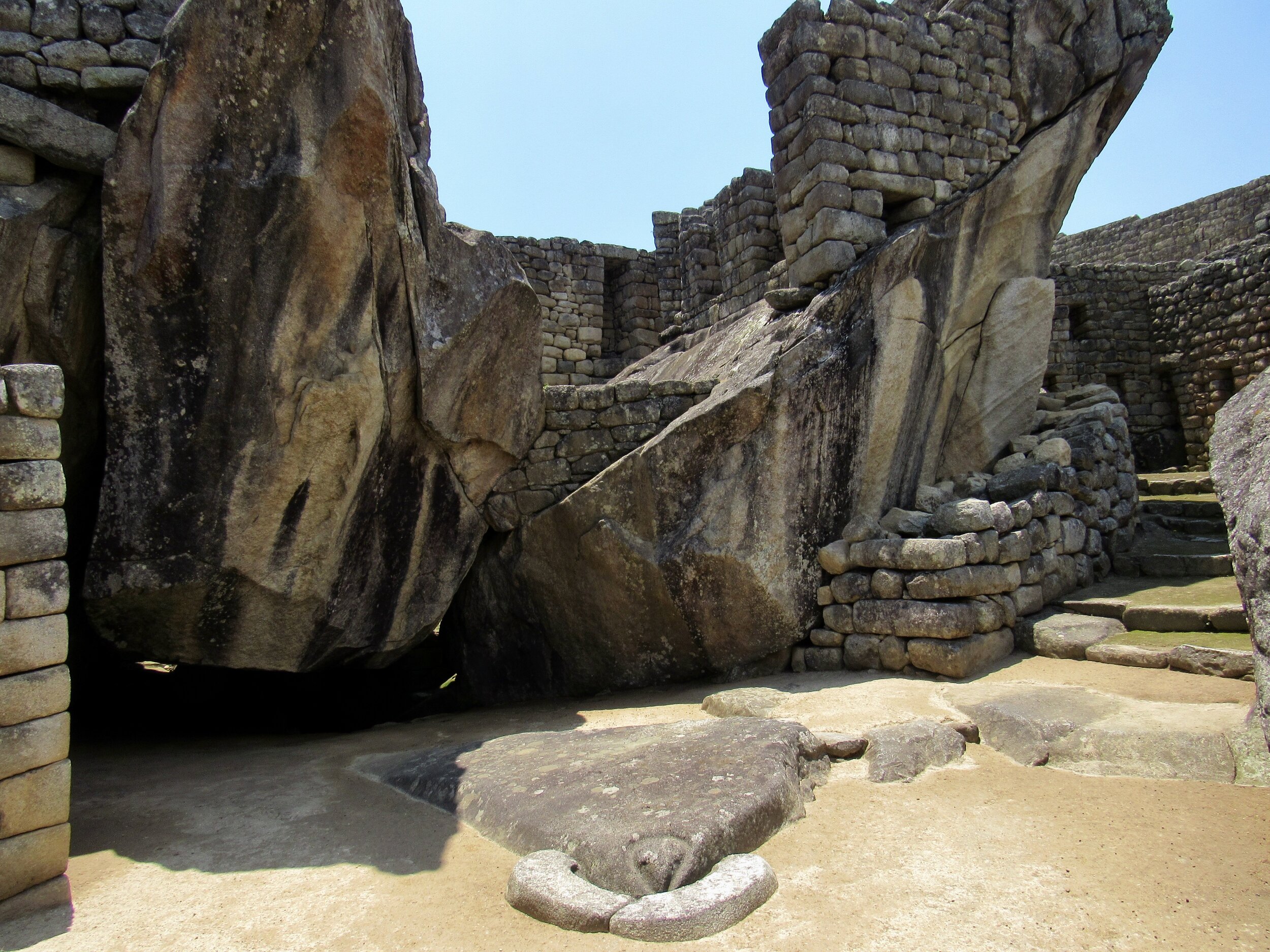

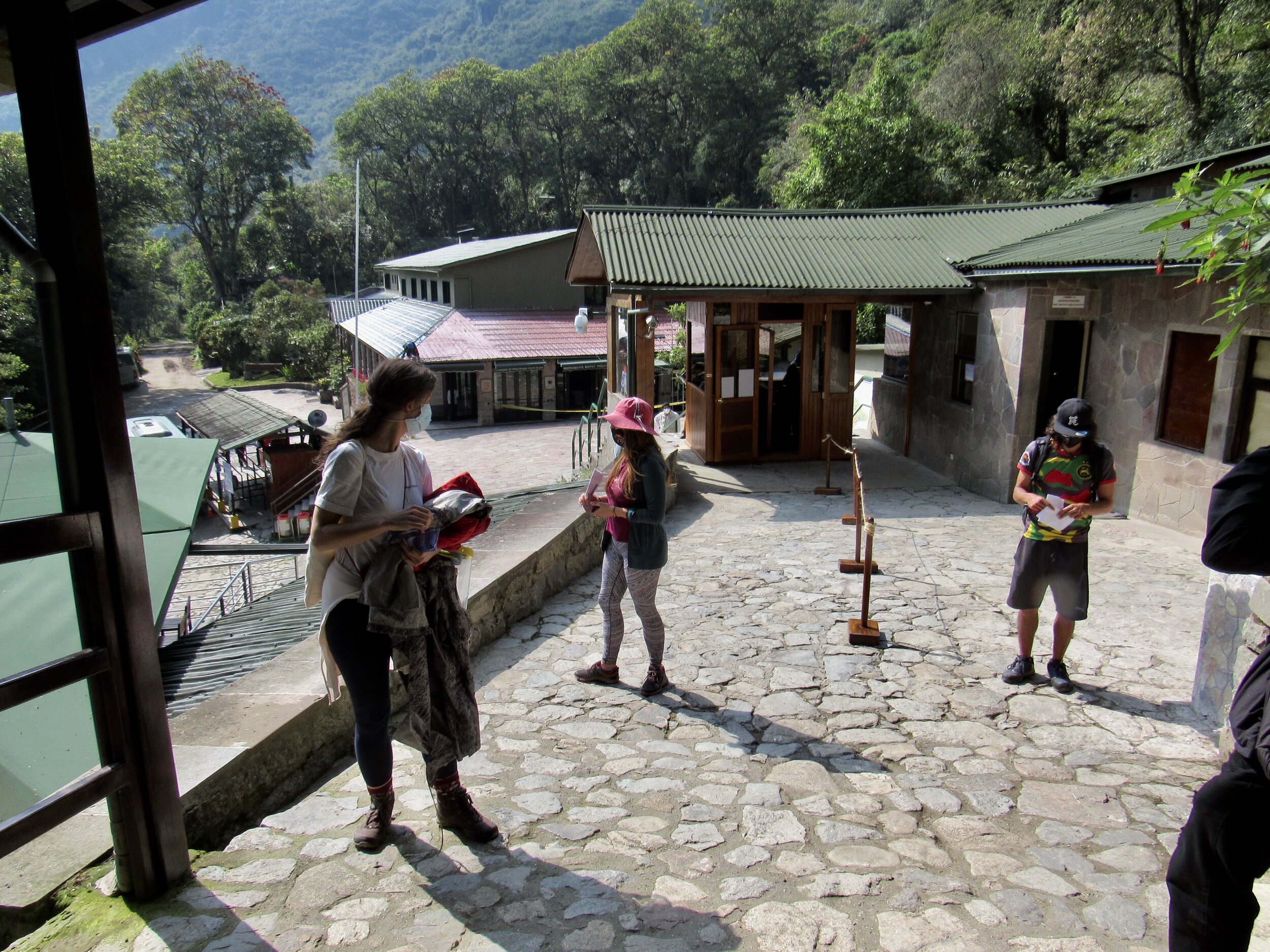
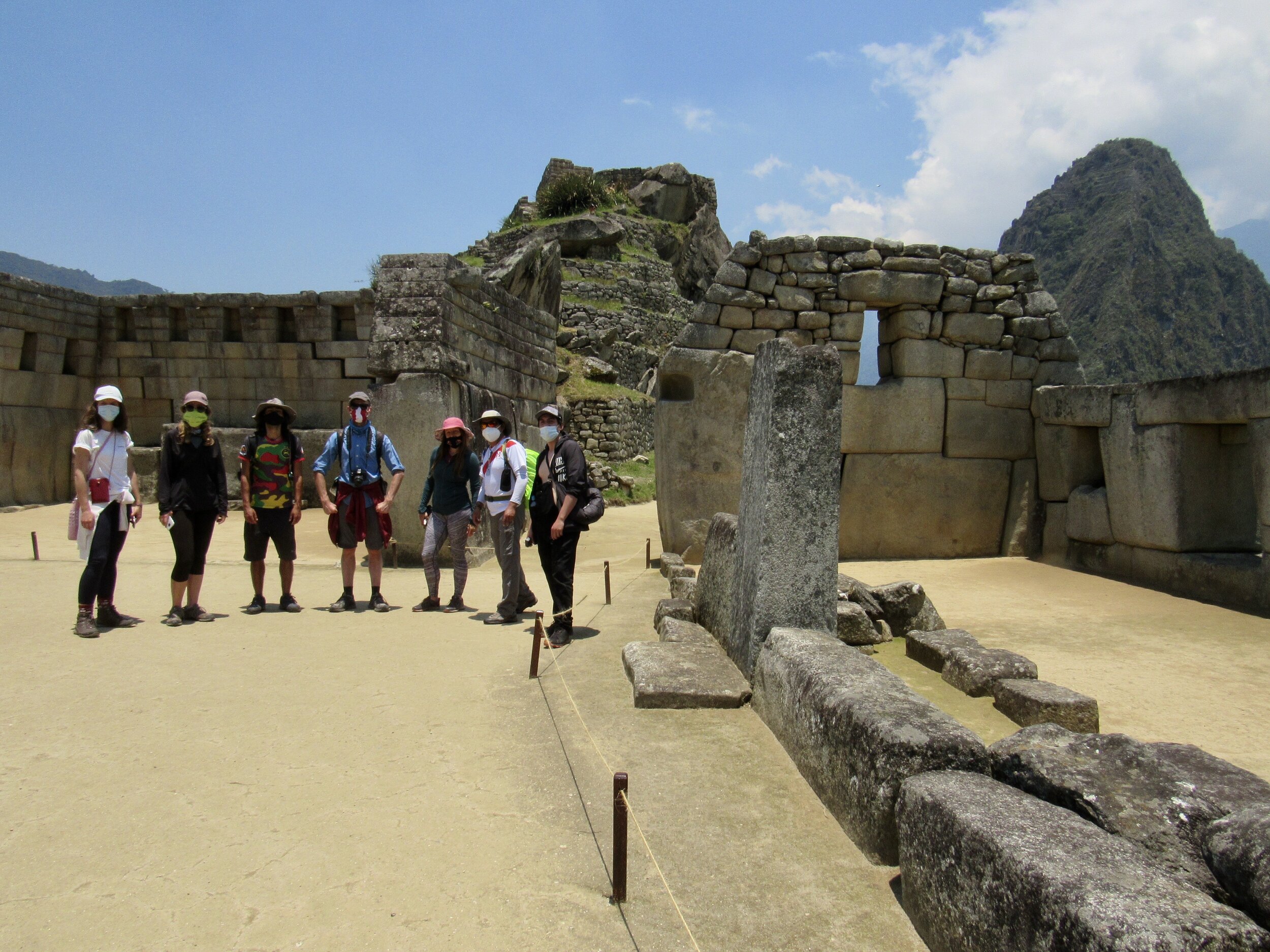
The town of Aguas Calientes has gone through a complete makeover as they try to make it safe for tourists to return. Photos below!
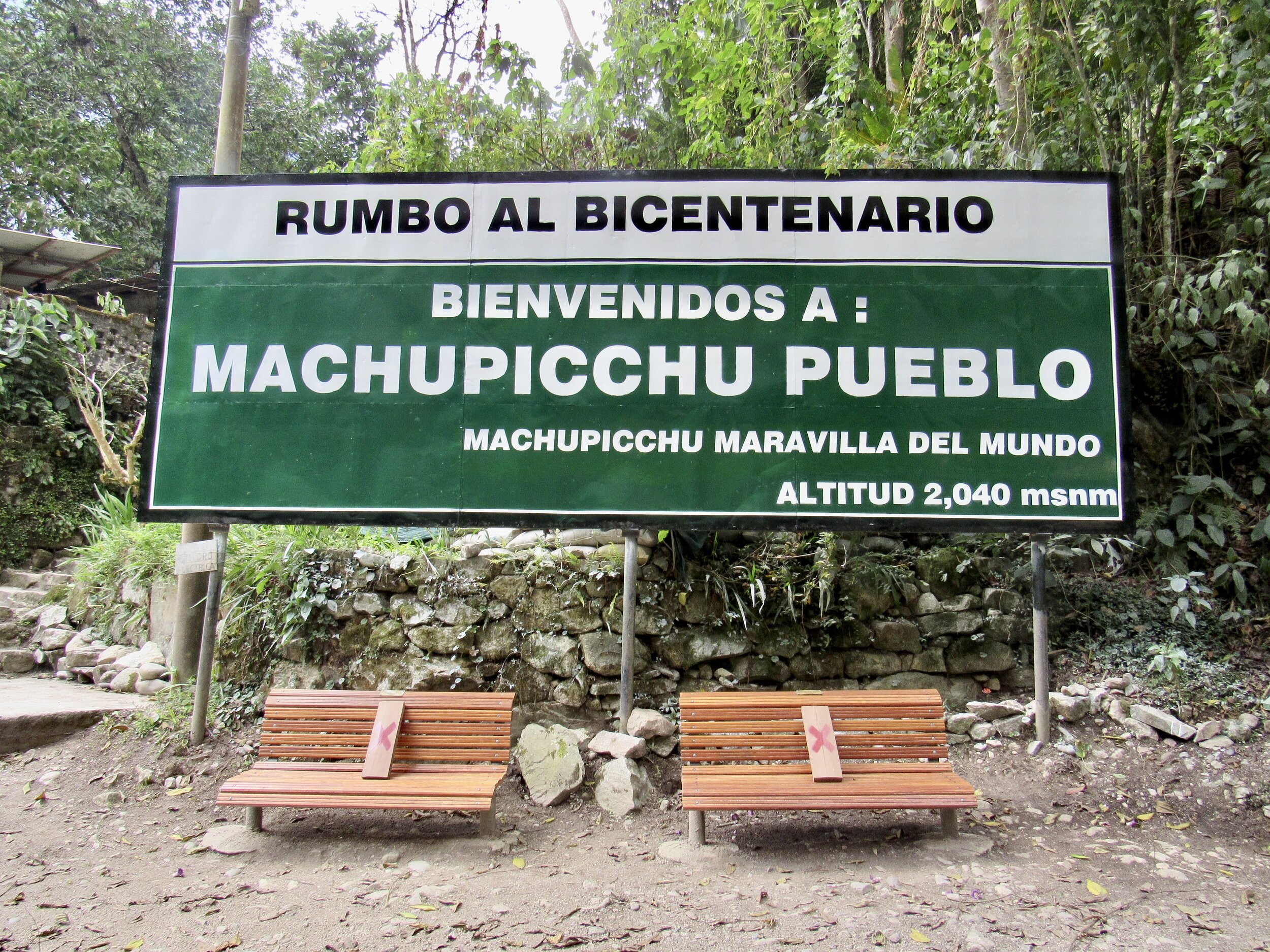
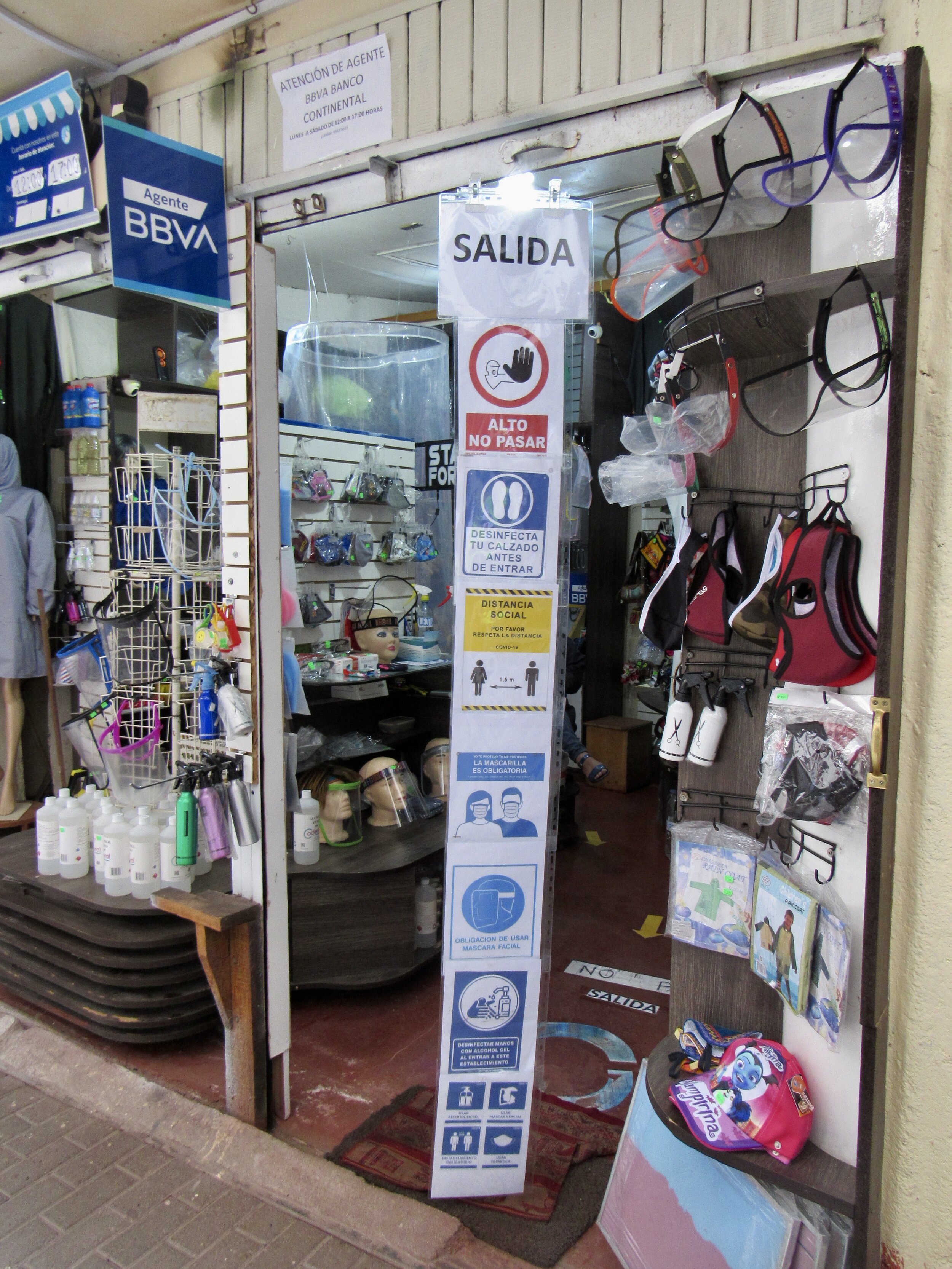

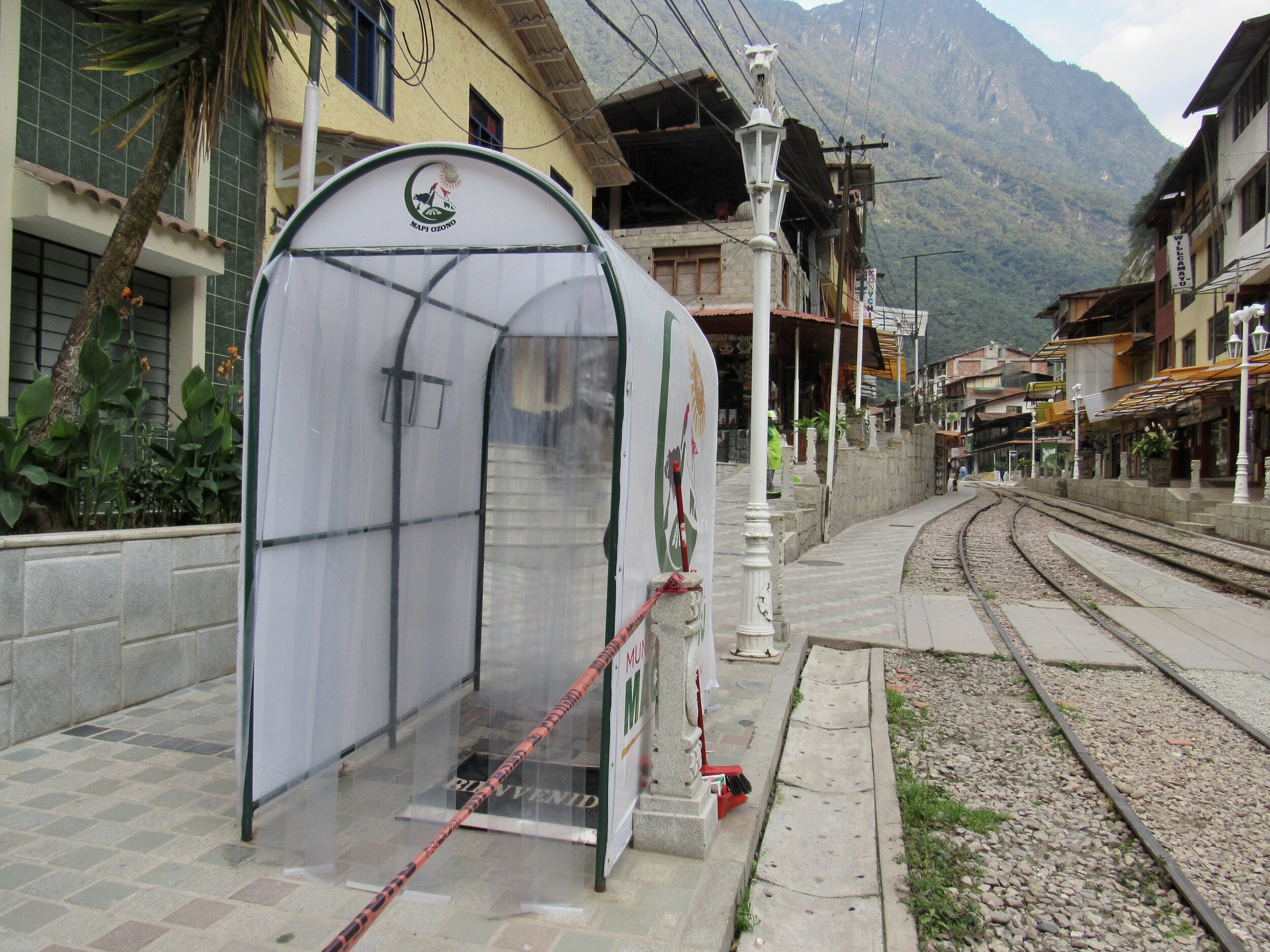
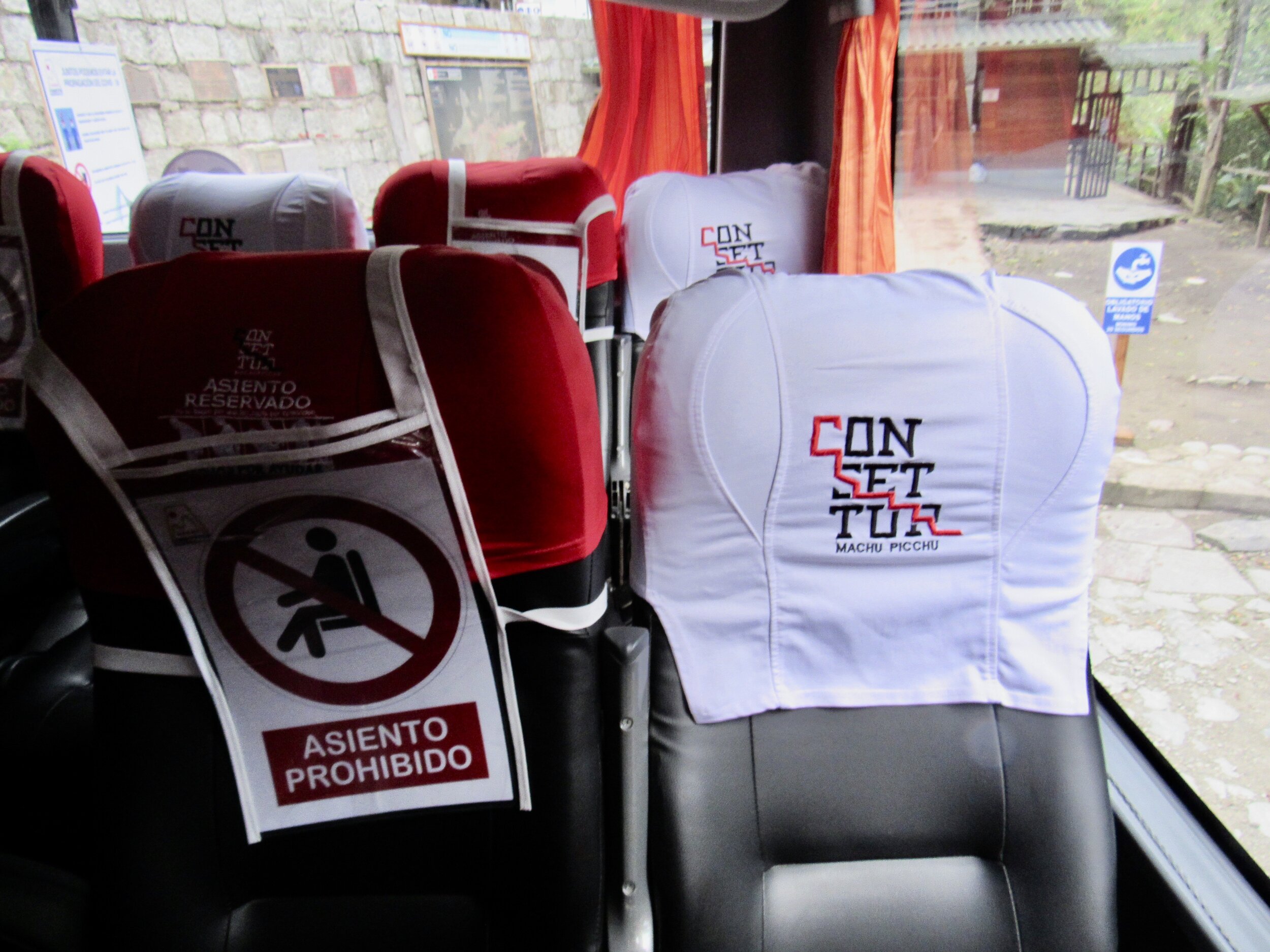
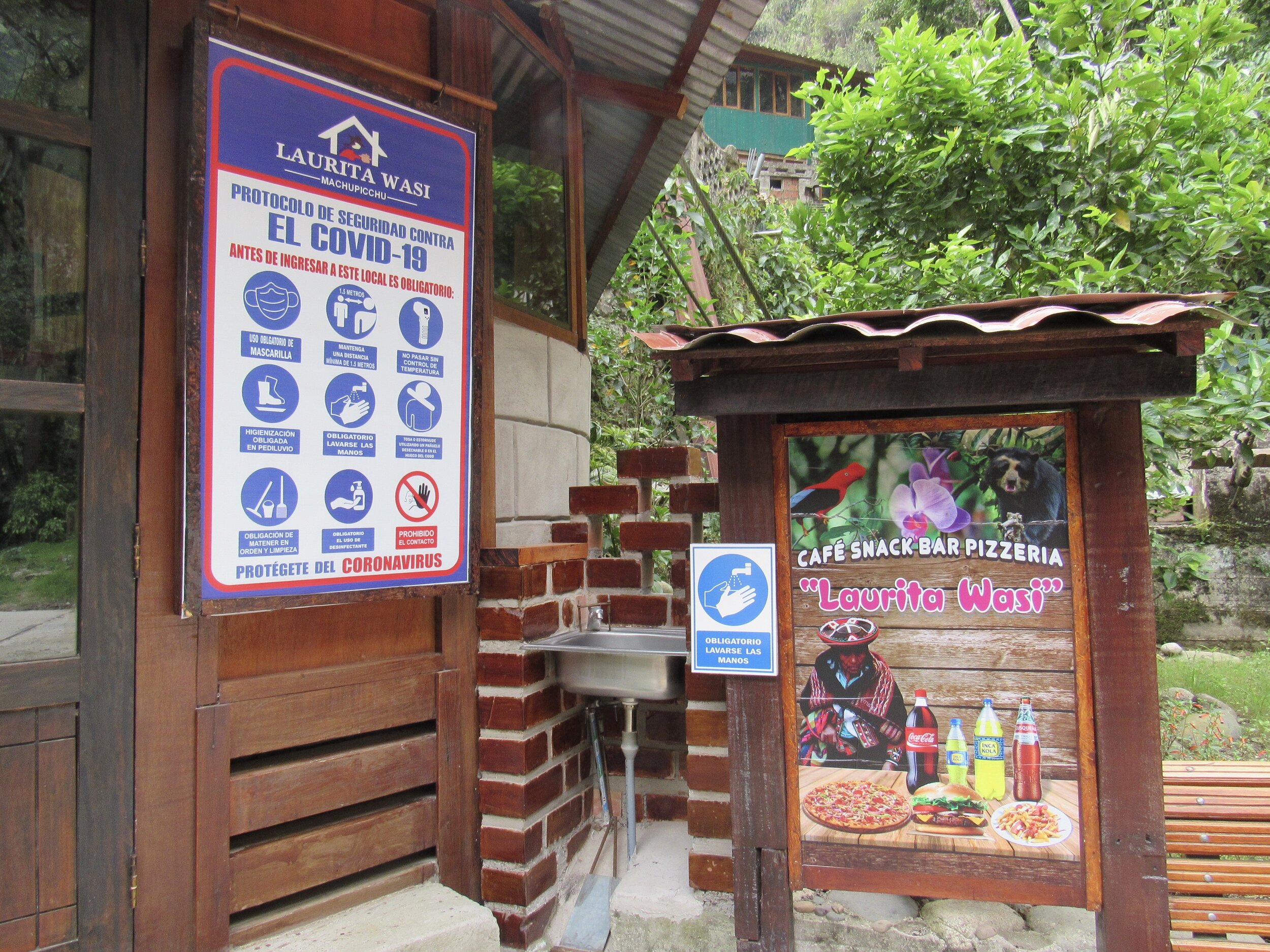
Friday, 6 November, 2020
Last night we got back to Cusco after 10pm and today I am still exhausted from the trip. Our train left Aguas Calientes at 6:30, so we got back to Ollantaytambo after 8:00 and it took just over an hour and a half in a van from the train station back to Cusco.
I’ll spend most of today writing a blog about the experience, then I’ll start planning for the next trip. Now that tourism is starting to open up, I am determined to go do a loop around a mountain I have wanted to visit for well over a year now: Ausangate. Most of the group from yesterday will be going and Auqui will be our guide again also. It’s going to be a four day hike and we’re going to have horses to carry most of the gear, which will make it infinitely easier. But first, I need to do a special blog about Machu Picchu during times of Covid. (Link at the end of this blog).
All week, I have been afraid to look at the election results. I know that most states will be counting very carefully and documenting everything to avoid being the state that has the 2020 equivalent of the hanging chad debacle. Even though Florida had initially been called for Gore, by only 537 votes, Bush won the state. I learned then not to put too much stake in what the press says on election night.
Also, four years ago, I went to bed on election night, stressed by watching any state go for Trump over Clinton. I was sure that I would wake up to a better world where we wouldn’t have to listen to Trump spew hatred and misogyny. A world where the ugly campaigning would be over and we would finally have a woman president. A woman who had dedicated her life to public service, who had been a senator for ten years, then lived in the White House for eight years, then served as Secretary of State. I am still angry about that election.
So today, I stuck with my original plan of just texting my mom and asking her if they had declared a winner. I didn’t want to hear speculation from exit polls or see which way the media were predicting each state would go. It’s too much. Mom told me that it wouldn’t be over tonight but that she’ll let me know in the morning if there is an official winner.
Saturday, 7 November, 2020
The election is finally over. The Associated Press called the election when Biden & Harris got 290 electoral votes, with Trump & Pence only having 214. Not every state has reported, but Biden got more than the 270 that’s needed to win, so we can all breathe a big sigh of relief. I didn’t actually think that I would be able to breathe a sigh of relief because I’ve heard so much about how Trump’s lawyers are going to challenge everything if he loses. My mom reassured me that of the 7 fraud cases his lawyers have tried to file, all of them have been thrown out for lack of evidence without even a hearing.
So, I guess this is it. Maybe I can stop holding my breath. I don’t actually think that I’ll be able to breathe that deep sigh of relief until Biden & Harris are officially sworn in, but at least I can stop figuratively holding my breath.
Unfortunately, my neighbor Kerry isn’t breathing easy this week. Her best friends’ cat Diego didn’t come home from his usual stroll across the rooftops on Monday. They had already planned to leave town for the week and almost cancelled the trip, but finally decided that they couldn’t do anything that Kerry can’t do. So, all week, Kerry has been staying at their place but rather than taking care of their cat, she’s been searching for him.
I know that everybody thinks that their cat is special, just like everybody thinks that their kid is special. My twin cats Beauvoir & Ginsburg in Seattle certainly were special. So you’ll just have to believe me that Diego really is a special cat. Kerry has put flyers all over the neighborhood and given them to every person she sees in the area. She even learned how to ask people “has visto este gato?” since so few people in the neighborhood speak English.
Kerry has started looking for him both day and night. Monday, Tuesday and Wednesday she was sure that he would come back on his own. She leaves the window open, where he usually comes in and out, just in case he is able to come home. I went with her for an hour tonight, calling for Diego who actually does come to his name. She had bright flashlights to peer under cars and up into trees or on roofs. We found a couple spots that are definitely cat hangouts and we even found a cat that is exactly Diego’s shade of orange, but it was far too thin to be actually mistaken for Diego. I’m keeping my fingers crossed and will be ready to go out for another night search if he doesn’t come home soon.


